The American culinary landscape has undergone a remarkable transformation over recent decades. While destination dining cities like New York, Chicago, and San Francisco have long attracted international attention, there’s been a quieter revolution happening in unexpected places across the country—cities and towns where immigration patterns, changing demographics, and adventurous chefs have created world-class international dining scenes that rival their more famous counterparts.
Here is a list of 17 surprising U.S. cities where you’ll find authentic, innovative, and downright exceptional international cuisine that locals celebrate but travelers often overlook.
Indianapolis, Indiana

The Midwest’s crossroads city has developed a surprisingly diverse international food scene centered around specific immigrant communities. The International Marketplace district along West 38th Street houses nearly 100 restaurants representing over 30 countries within just a few miles.
The Burmese population—one of America’s largest—has established exceptional spots like Chin Brothers Restaurant, where tea leaf salad and mohinga (fish noodle soup) rival versions found in Yangon. Meanwhile, the city’s substantial Pakistani community supports multiple tandoor-focused restaurants where naan emerges blistered and fresh throughout the day.
The annual Indy International Festival has evolved from a small cultural exchange to a major culinary event, drawing over 10,000 attendees.
Boise, Idaho

This mountain west capital has become home to one of America’s largest Basque communities outside Spain, creating a unique cultural enclave known as the “Basque Block.” Restaurants like Bar Gernika serve authentic pintxos and hearty stews that maintain traditions dating back to the late 19th century when Basque immigrants arrived as sheepherders.
More recently, a substantial refugee population from various African nations has established restaurants specializing in Ethiopian, Somali, and Congolese cuisine. The city’s agricultural surroundings—famous for potatoes but producing everything from trout to huckleberries—provide international chefs with exceptional local ingredients for traditional dishes, creating a unique fusion between Idaho terroir and global techniques.
Like Travel Pug’s content? Follow us on MSN.
Richmond, Virginia
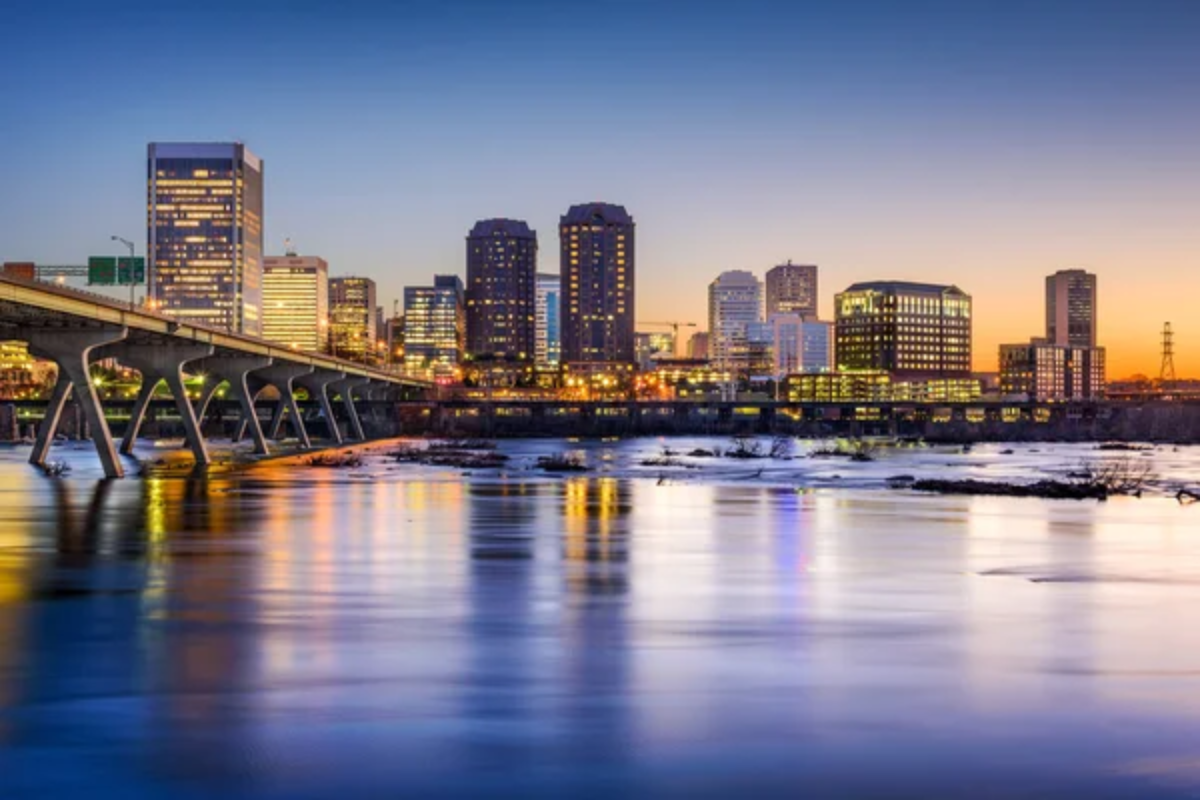
The former Confederate capital has transformed into a multicultural dining destination where immigrant communities have established authentic enclaves throughout the city. Carytown’s stretch of Vietnamese restaurants rivals much larger cities, while the suburbs along Midlothian Turnpike have become home to exceptional Honduran, Salvadoran, and Guatemalan spots serving regional specialties rarely found elsewhere in Virginia.
The city’s historic connection to tobacco trading has created early international links that have evolved into cultural exchanges, particularly with South Korea. The annual Filipino Festival transforms the grounds of Our Lady of Lourdes Church into a massive celebration of Philippine cuisine, featuring rarely seen regional specialties from across the archipelago.
St. Paul, Minnesota

While neighboring Minneapolis often receives more culinary attention, St. Paul hosts one of America’s most concentrated Hmong communities, creating a dining scene focused on this Southeast Asian cuisine that’s difficult to find elsewhere. Along University Avenue, markets and restaurants serve authentic dishes like tender beef larb or purple sticky rice with exceptional regional specificity.
The city’s historic waves of German and Scandinavian immigration established foundations for pickling, smoking, and preservation techniques that newer arrivals have incorporated into their traditional dishes. The Hmongtown Marketplace functions as both a community gathering space and a food hall, with dozens of vendors preparing specialties from different Hmong regions.
Oklahoma City, Oklahoma
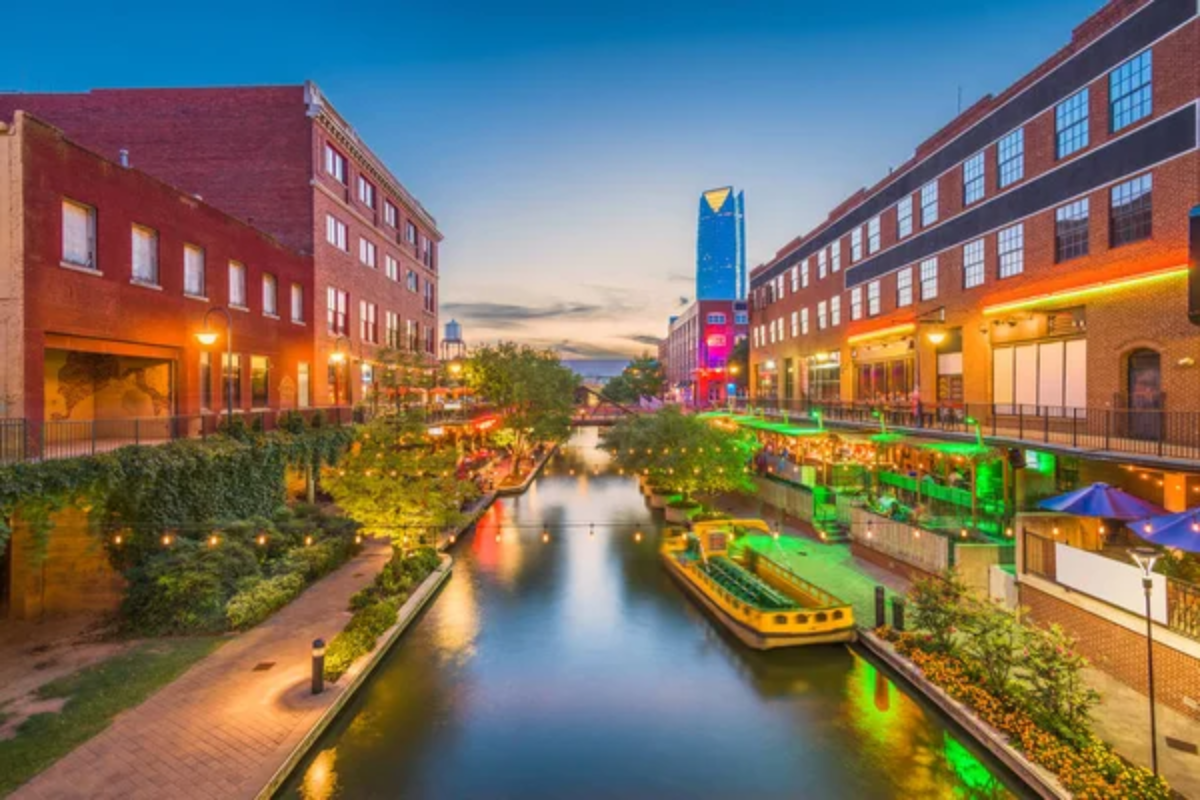
The city’s Vietnamese population—established after the fall of Saigon when many refugees were relocated to nearby military bases—has created an Asian District with exceptional pho shops and banh mi counters that locals argue rival those in much larger coastal cities. The state’s Native American heritage influences fusion cuisine at establishments like Thirty-Nine, where traditional ingredients like bison, corn, and squash blend with international techniques.
Recent immigration from Mexico has extended beyond typical border cuisines to include regional specialties from Oaxaca, Puebla, and Veracruz. The annual Asian Night Market Festival transforms the district into an open-air celebration with over 30 food vendors representing cuisines from across Asia.
Like Travel Pug’s content? Follow us on MSN.
Kansas City, Missouri

Beyond its famous barbecue, this midwestern hub hosts surprisingly vibrant Mexican, Ethiopian, and Vietnamese communities with distinctive dining scenes. The Northeast neighborhood has evolved into one of America’s most diverse international corridors, with dozens of authentic restaurants serving everything from Somali goat stew to Vietnamese clay pot fish.
The city’s substantial Sudanese population—among America’s largest—supports multiple restaurants serving rarely encountered East African specialties. Kansas City’s stockyard history and continuing agricultural connections provide international chefs with access to exceptional meat and produce, allowing for traditional preparations with locally sourced ingredients that create unique expressions of global cuisines.
Louisville, Kentucky
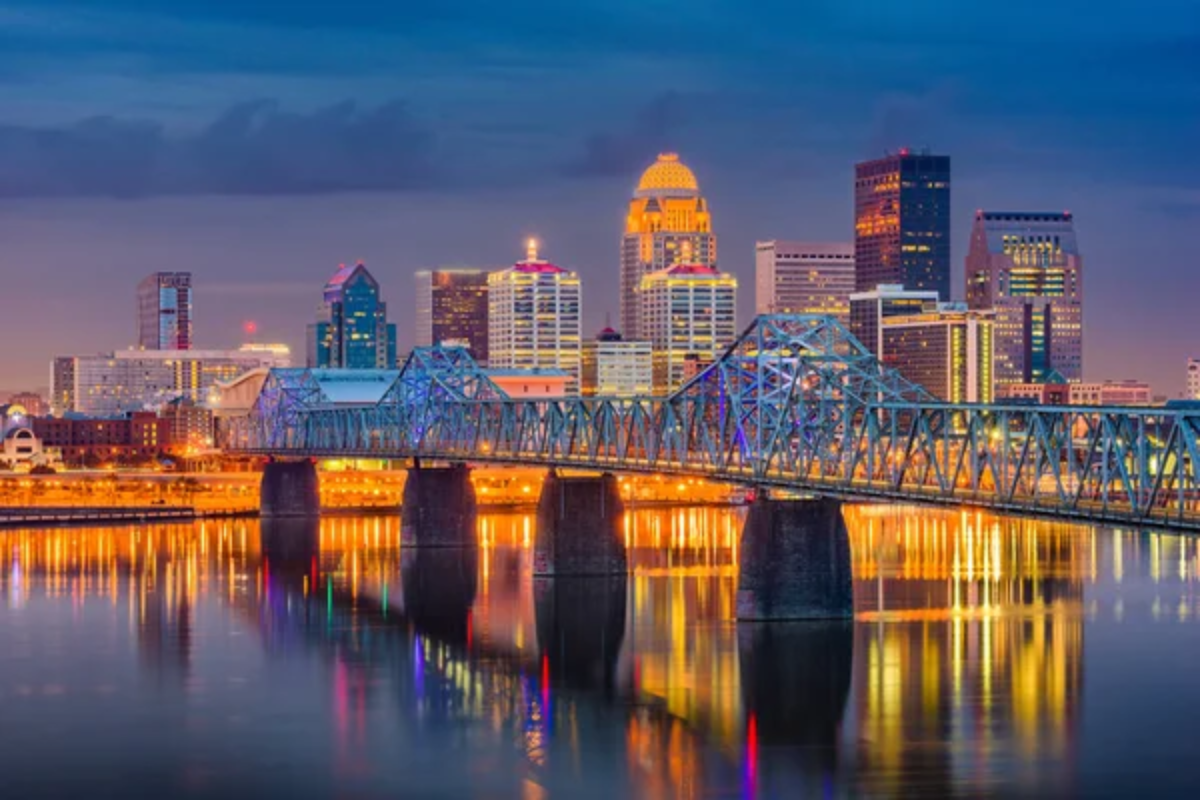
This bourbon country city has developed a substantial Bosnian population—refugees who arrived during the 1990s Balkan conflicts—creating restaurants serving burek, ćevapi, and other specialties that can be difficult to find elsewhere in America. The Butchertown neighborhood has evolved into an international district with exceptional Vietnamese, Pakistani, and Mexican establishments sometimes overlooked by visitors focused on the city’s bourbon and Southern food traditions.
Louisville’s Cuban community has established multiple restaurants serving both Miami-style and traditional island dishes, creating unexpected Caribbean outposts in the Ohio River valley. The annual WorldFest attracts over 70 international food vendors for a massive Labor Day weekend celebration that has grown exponentially over its 20-year history.
Columbus, Ohio
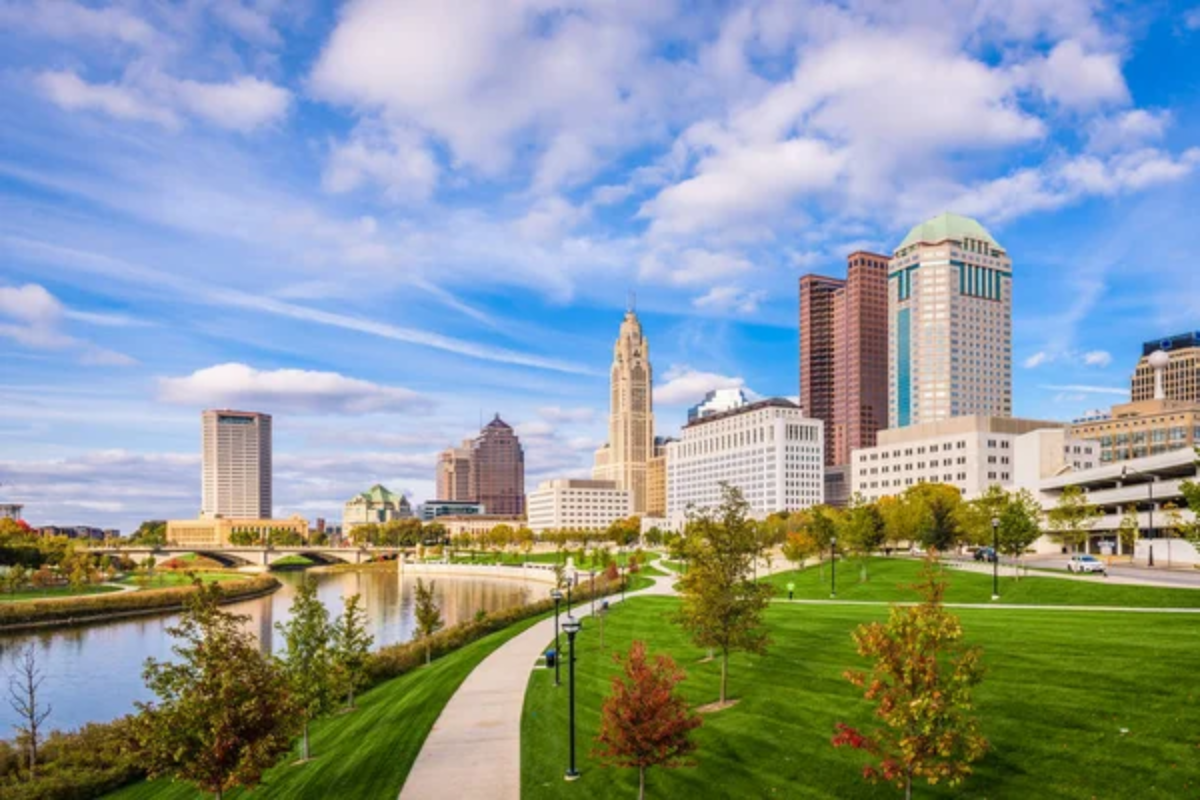
Home to one of America’s largest Somali communities, this midwestern capital offers authentic East African cuisine that’s often difficult to find elsewhere. The North Market area has transformed into a global food destination where traditional Nepalese momos are served alongside Venezuelan arepas.
The city’s substantial Bhutanese refugee population has established restaurants serving this Himalayan cuisine rarely found outside specialty neighborhoods in larger cities. Columbus also hosts one of the largest Mexican immigrant populations from Oaxaca, creating restaurants focusing specifically on that region’s distinctive moles, tlayudas, and chapulines (toasted grasshoppers)—specialties that go far beyond generic Tex-Mex offerings found in other midwestern cities.
Like Travel Pug’s content? Follow us on MSN.
Nashville, Tennessee
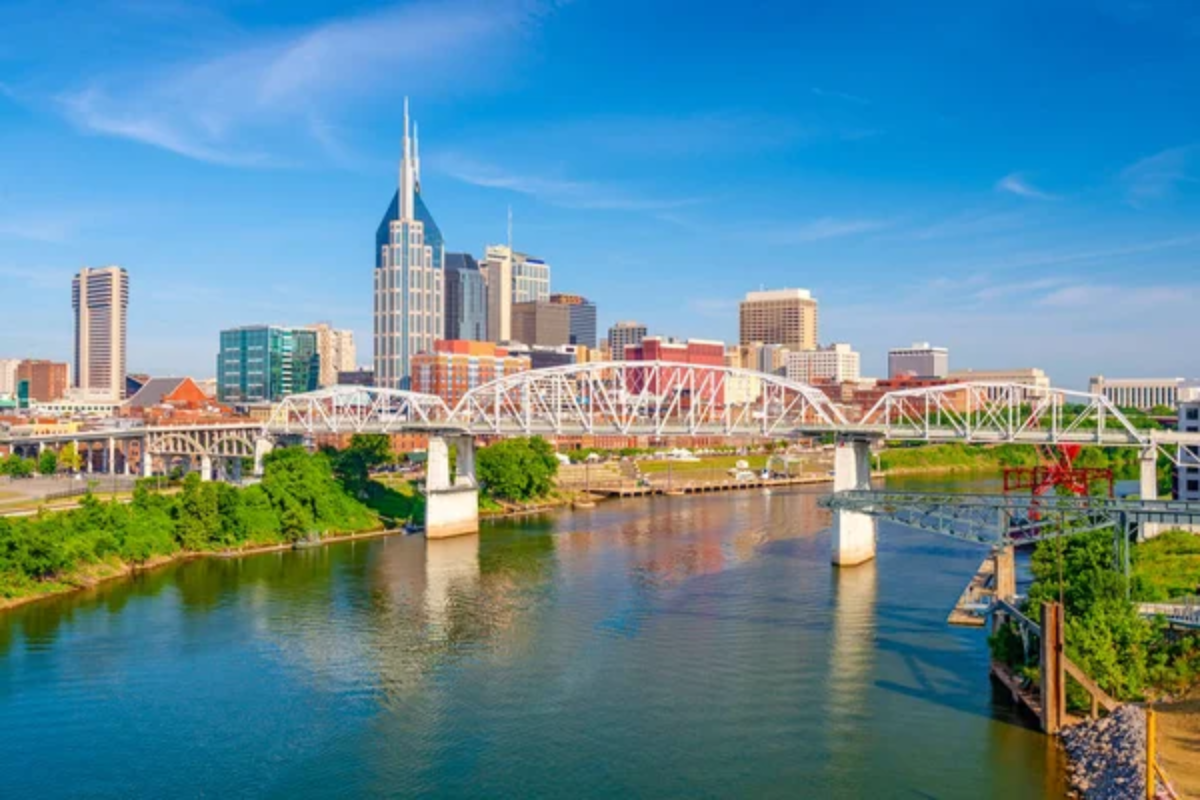
Beyond hot chicken and country music, Nashville hosts the nation’s largest Kurdish community, creating a “Little Kurdistan” with exceptional Middle Eastern restaurants serving regional specialties rarely found elsewhere in America. The city’s Nolensville Pike corridor has evolved into an international dining destination with authentic Ethiopian, Salvadoran, and Syrian establishments thriving alongside traditional Southern spots.
Nashville’s significant Laotian population supports several restaurants specializing in northeastern Thai (Isan) cuisine that shares many techniques and flavors with Laos. The annual InterNASHional Food Crawl transforms the city’s most diverse neighborhood into a walking tour of global cuisines spanning four continents.
Omaha, Nebraska

This heartland city has welcomed substantial refugee populations from Sudan, Somalia, and Myanmar, creating authentic dining enclaves throughout eastern neighborhoods. The historic South 24th Street district has transformed from primarily Mexican to a pan-Latin corridor with exceptional Salvadoran pupuserias, Argentine grills, and Colombian bakeries.
Omaha’s refugee resettlement programs have created one of America’s most concentrated South Sudanese communities, supporting restaurants serving traditional stews and flatbreads rarely found elsewhere in the Midwest. The city’s meatpacking history provides unique ingredients for international chefs, while Nebraska’s agricultural bounty supplies fresh produce for traditional preparations that would typically require imports in coastal cities.
Anchorage, Alaska
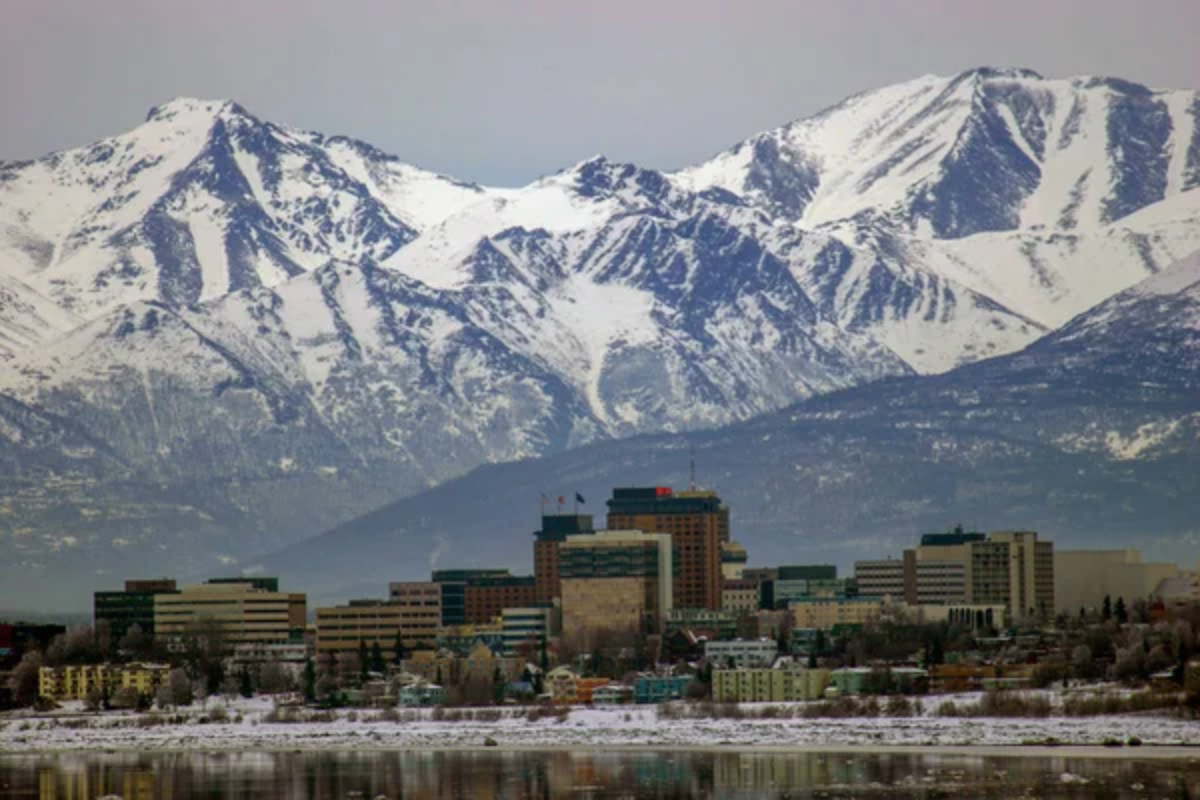
This isolated northern city has developed a remarkably diverse international food scene driven by military connections, the fishing industry, and its position as a global air cargo hub. The Mountain View neighborhood contains concentrated Korean, Samoan, and Filipino communities supporting authentic restaurants that serve as anchors for their respective cultural groups.
The city’s substantial Hmong population—originally refugee farmers—has established gardens growing traditional herbs and vegetables once unavailable in Alaska, supplying restaurants with ingredients essential for authentic Southeast Asian cuisine. The substantial Pacific Rim influence has created fusion traditions unique to Alaska, particularly evident in seafood preparations that combine Japanese techniques with native ingredients like salmon, halibut, and crab.
Like Travel Pug’s content? Follow us on MSN.
Salt Lake City, Utah
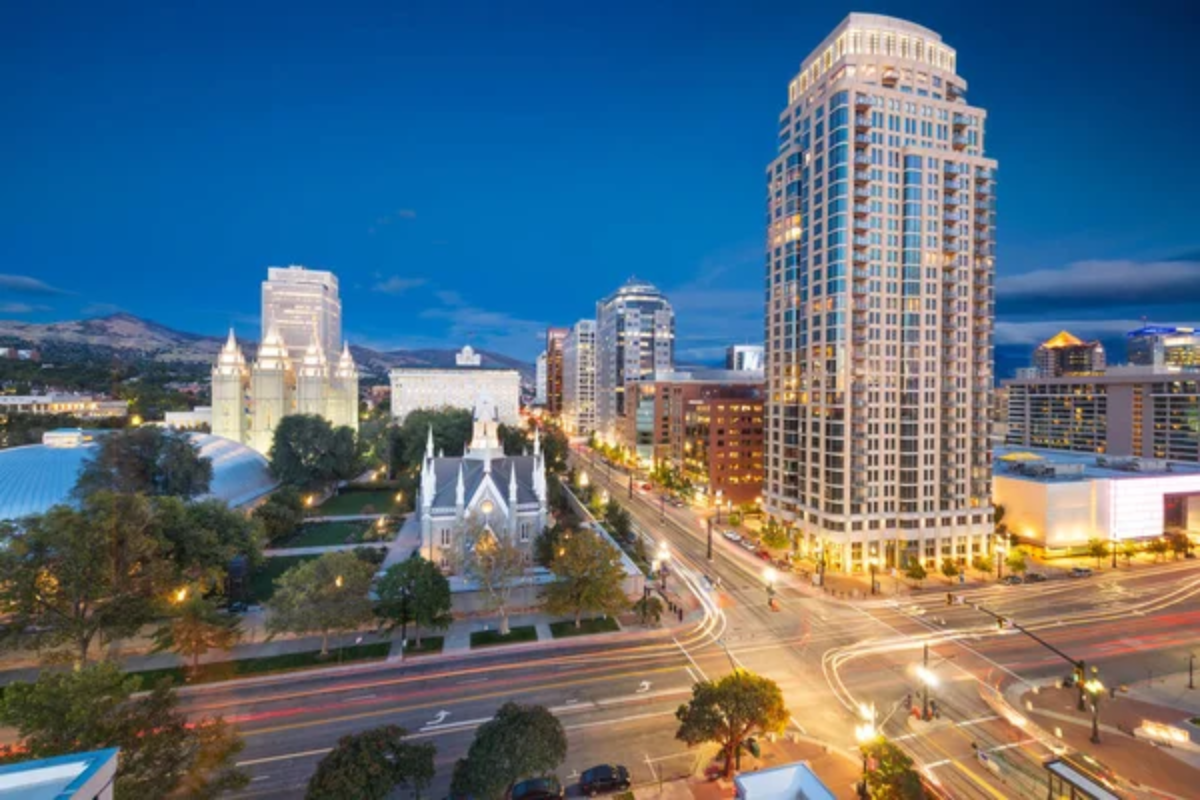
Beyond its Mormon heritage, Utah’s capital has welcomed significant Pacific Islander communities—particularly Tongan and Samoan—creating authentic Polynesian establishments serving specialties like butter-soft lu pulu (taro leaf bundles) and palusami (coconut milk-braised corned beef). The Rose Park neighborhood hosts one of America’s most concentrated Marshallese populations, supporting restaurants serving traditional dishes from these remote Pacific islands.
Salt Lake’s substantial Bosnian community—refugees who arrived during the Balkan conflicts of the 1990s—has established exceptional cafes serving burek, ćevapi, and other specialties from the former Yugoslavia. The massive Greek Orthodox festival transforms downtown each September, continuing traditions established by early Greek immigrants who arrived as mining and railroad workers.
Portland, Maine
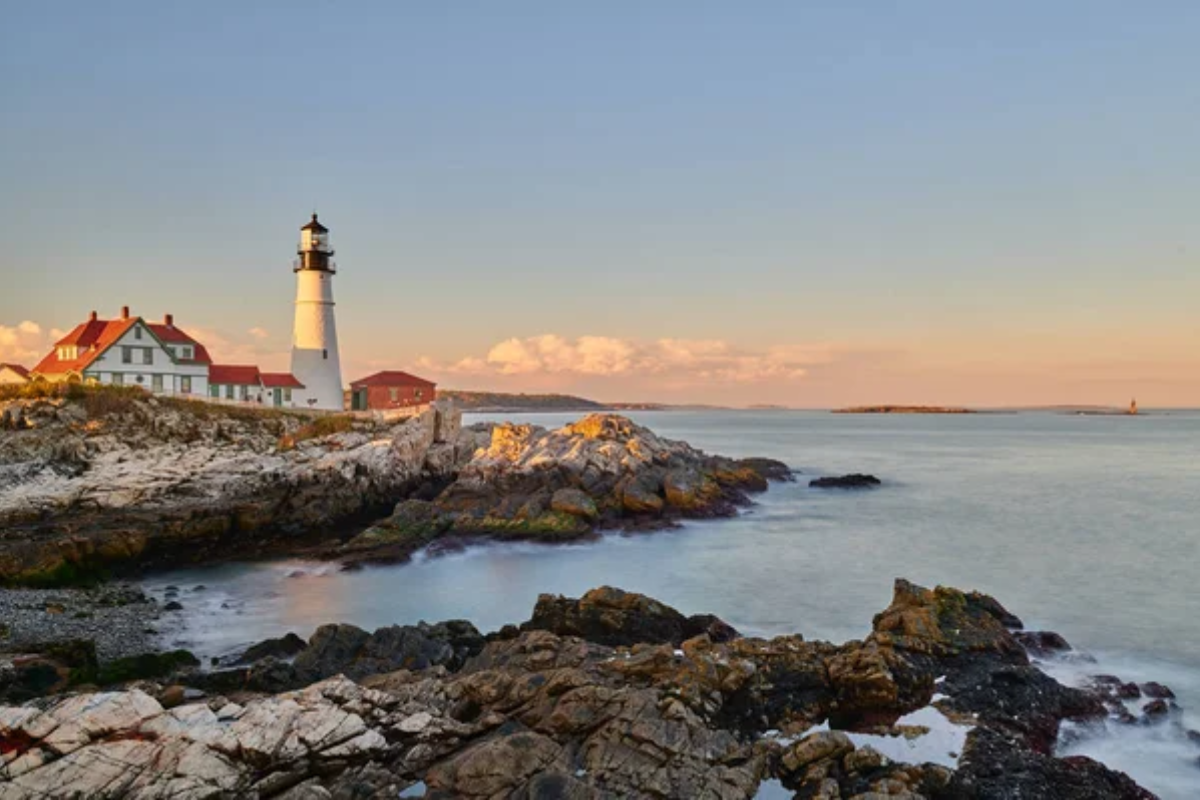
This coastal New England city has welcomed significant refugee populations from Somalia, Sudan, and Iraq, transforming its culinary landscape far beyond the expected seafood traditions. The Congress Street corridor hosts exceptional African restaurants, while the small but mighty Afghan community supports establishments serving authentic kabuli palaw (fragrant rice dishes) and mantu (delicate dumplings).
The city’s fishing industry provides incredibly fresh ingredients for diverse international preparations—particularly evident in the Vietnamese restaurants where traditional techniques meet the day’s catch. The annual Maine’s Multicultural Center food festival transforms downtown into a celebration of global cuisine with particular emphasis on conflict regions that have significant refugee populations in Portland.
Cleveland, Ohio
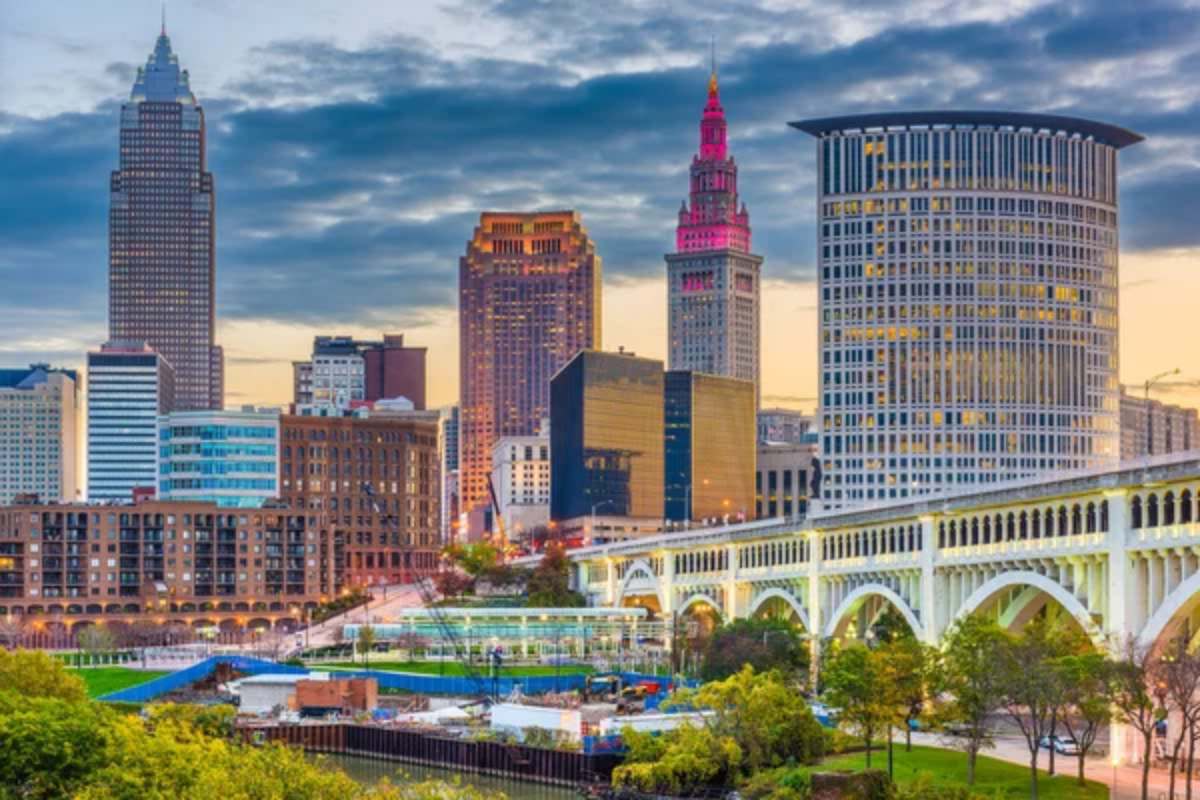
The city’s industrial decline actually preserved many ethnic enclaves established during earlier immigration waves, creating distinctive neighborhoods focused on specific international cuisines. The St. Clair-Superior district maintains one of America’s most authentic Slovenian communities outside Europe, with traditional restaurants serving specialties like štruklji (rolled dumplings) and jota (sauerkraut soup).
Cleveland’s substantial Iraqi population—many arriving as refugees following the Gulf War—has established exceptional Middle Eastern restaurants focusing on regional variations beyond the typical hummus and falafel. The West Side Market area hosts remarkable Hungarian, Polish, and Lithuanian establishments maintaining Central European culinary traditions that have disappeared from many other American cities due to assimilation and development.
Like Travel Pug’s content? Follow us on MSN.
Tucson, Arizona
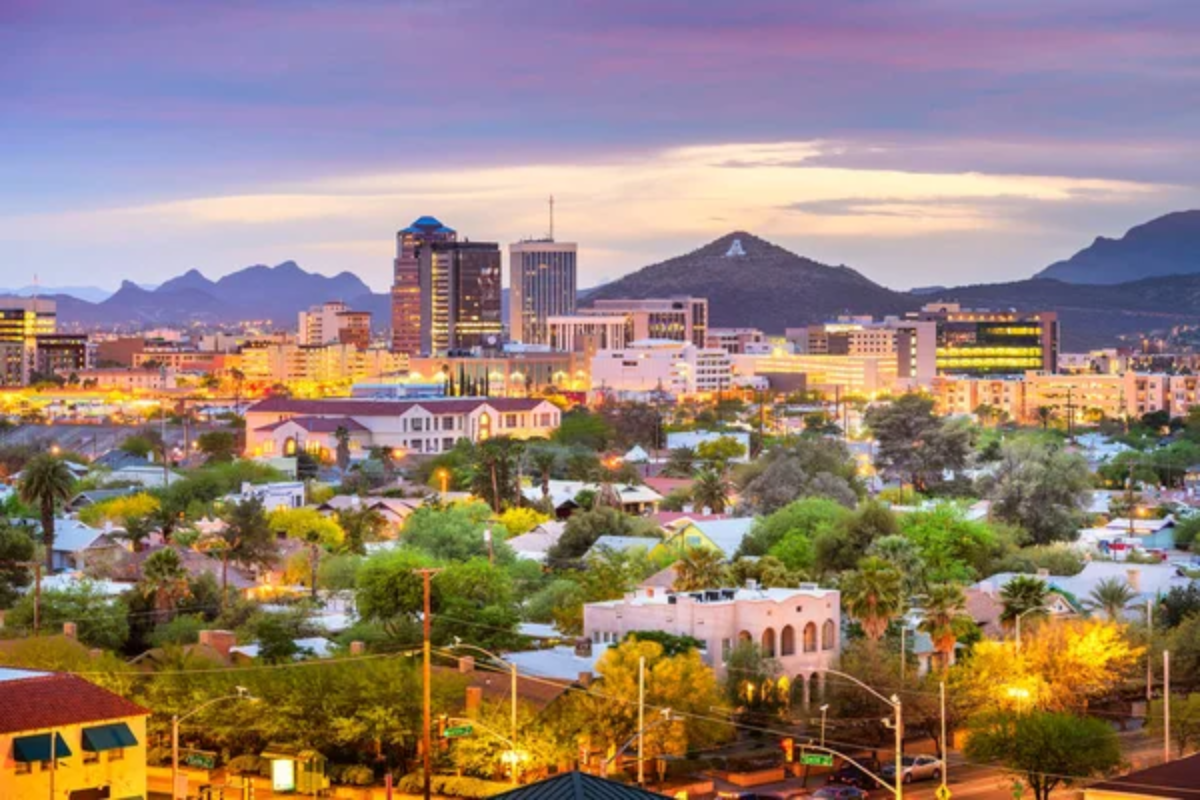
Designated as the first UNESCO City of Gastronomy in the United States, Tucson’s international cuisine goes far beyond the expected Mexican influences. The city’s refugee resettlement programs have created notable Somali, Congolese, and Syrian communities with authentic restaurants serving traditional dishes adapted to desert ingredients.
The South Tucson area showcases regional Mexican specialties focusing specifically on Sonoran traditions—distinctly different from the Tex-Mex or Cal-Mex styles found elsewhere. The city’s substantial Yaqui Native American population contributes distinctive preparations that blend indigenous techniques with influences from across the border, creating unique expressions of regional cuisine that transcend modern boundaries.
Memphis, Tennessee
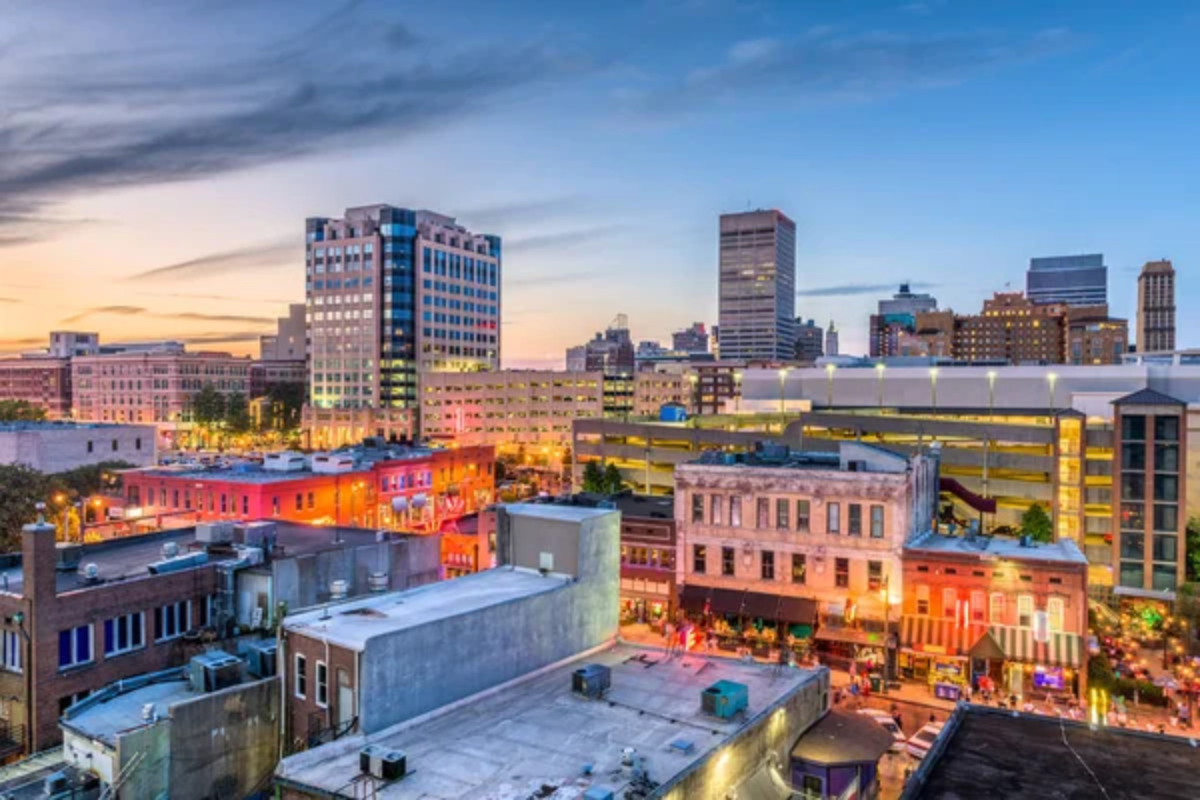
Beyond barbecue, Memphis hosts one of America’s most concentrated Vietnamese communities along Cleveland Street, where exceptional pho shops and banh mi counters serve traditional preparations with southern touches. The city’s substantial Sudanese population—established through refugee resettlement—supports multiple restaurants serving East African specialties rarely found in other southern cities.
Memphis has welcomed significant Kurdish immigration, creating authentic Middle Eastern establishments serving regional specialties like khubz (hand-made flatbread) and daweh (yogurt drink). The annual Memphis in May International Festival has evolved to include a substantial culinary component highlighting a different global cuisine each year through chef exchanges, market tours, and cooking demonstrations.
Providence, Rhode Island
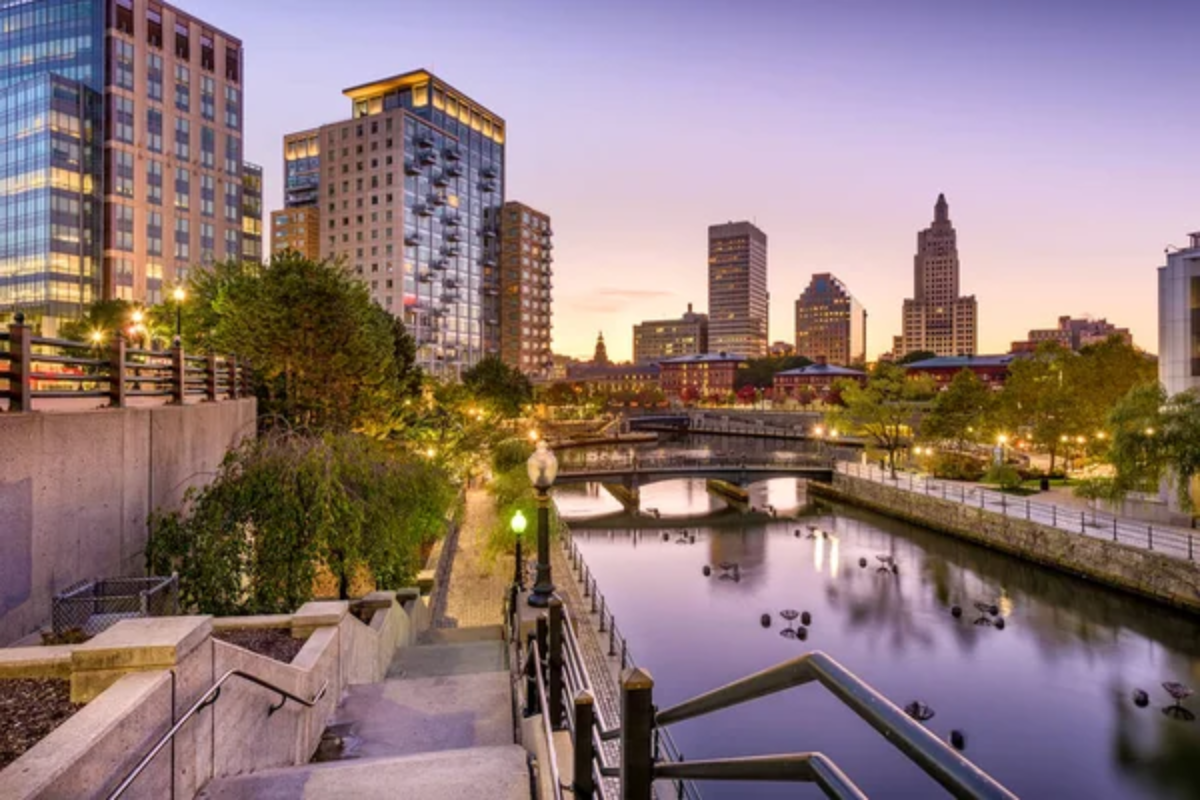
This compact New England city hosts one of America’s most concentrated Cape Verdean communities, creating restaurants serving cachupa (hearty stew) and pastel (fried pastries) from this island nation rarely represented in U.S. dining scenes. The Federal Hill district maintains authentic Italian traditions established over a century ago, while more recent Portuguese immigration has created establishments serving exceptional Azorean specialties.
Providence’s substantial Liberian population—refugees from the civil war—supports restaurants serving West African dishes adapted to New England ingredients. Johnson & Wales University’s renowned culinary program attracts international students who often establish authentic restaurants representing their homelands, creating a constantly evolving global dining scene that belies the city’s small size.
Like Travel Pug’s content? Follow us on MSN.
Global Flavors, American Stories
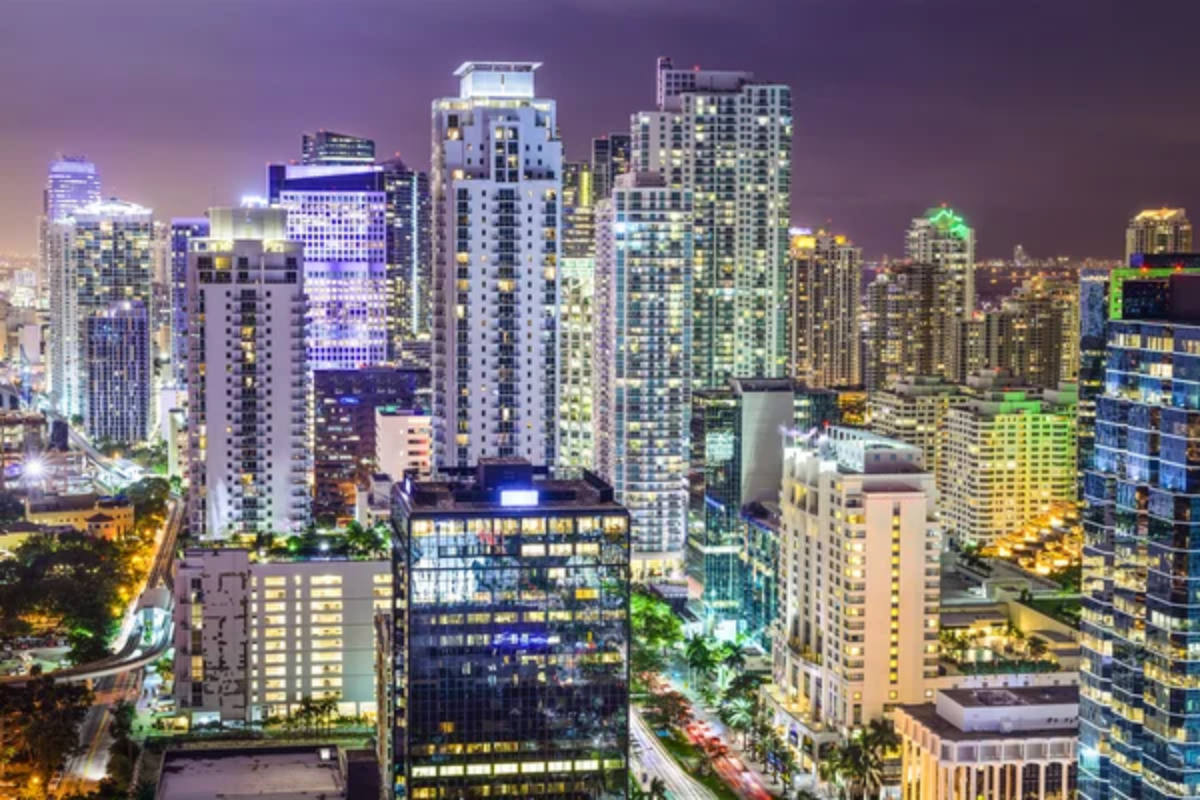
These unexpected culinary destinations reveal how immigration, refugee resettlement, and changing demographics have transformed America’s food landscape far beyond traditional coastal enclaves. Each city’s international dining scene tells distinct stories about historical immigration patterns, economic opportunities, and cultural preservation efforts that have created authentic global experiences in unexpected places.
What makes these cities particularly special is the genuine connection between restaurants and their communities—these aren’t trendy interpretations, but rather authentic expressions of cultural heritage maintained through food. For travelers willing to venture beyond established foodie destinations, these cities offer not just exceptional meals but windows into America’s constantly evolving cultural identity.
More from Travel Pug

- Cities Growing so Fast You Won’t Recognize Them in 10 Years
- 13 Destinations Where Tourists Regularly Regret Their Trip
- 20 Obscure WWII Sites Even History Buffs Don’t Know About
- 10 Under-the-Radar Mountain Towns That Are Both Affordable and Beautiful
- Remote Villages in Europe Where You Can Live for Free in Exchange for Work
Like Travel Pug’s content? Follow us on MSN.
